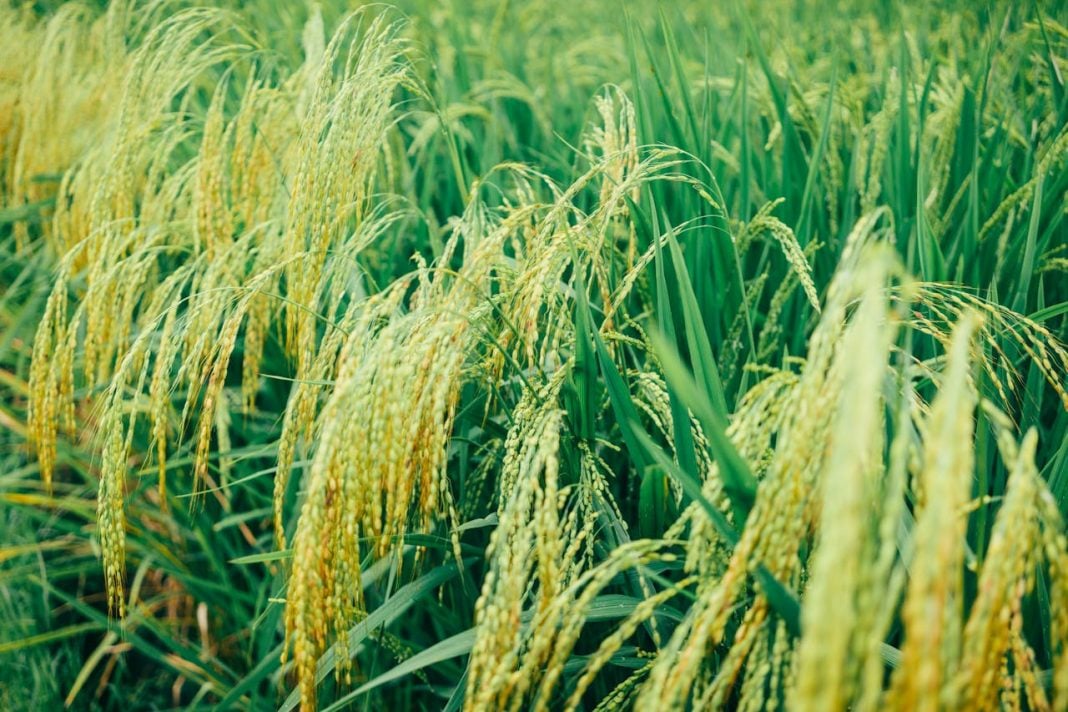INTERNATIONAL: As pressures between nuclear-armed adversaries India and Pakistan intensify, specialists warn of a distressing ripple effect all over Asia’s food supply chain, predominantly the rice trade that sustains hundreds of millions of people. According to the latest Rice News Today report, as both nations play vital roles in international rice exports, a protracted struggle could shock commodity prices and drain food security in import-dependent countries across Southeast Asia.
Strategic trade in the crosshairs
India hurled a succession of air and missile raids on Pakistan this week, in response to a lethal assault on vacationers in Indian-controlled Kashmir. Pakistan reacted quickly with punitive strikes, prompting worries of a larger battle. As the world’s chief and fourth-largest rice exporters, India and Pakistan are crucial to the international food economy. Their exports of rice, onions, and other staples maintain markets from Malaysia to Indonesia.
“If a war or tensions occur that affect port operations or delivery infrastructure, rice imports to our country could be disrupted,” warned Malaysia’s Agriculture and Food Security Minister Mohamad Sabu. With Malaysia generating only half the rice it consumes, such disturbance could push the country to seek substitutes—a frightening task, considering prevailing supply pressures.
Fragile balance in Southeast Asia
The threat of combat upsets the fragile equilibrium of food supply in Southeast Asia, where rice is not just a primary sustenance but a cultural foundation. In republics such as Laos and Cambodia, each person consumes over 230 kg yearly, while Malaysia and Indonesia bank heavily on imports to narrow down the divide between homegrown production and nationwide demand.
Malaysia presently gets more than 40% of its rice from India and Pakistan. Though Deputy Agriculture Minister Arthur Joseph Kurup guaranteed the general public a six-month supply, the continuing dangers are substantial. Unending international supply shocks — from COVID-19 to the Ukraine war — have already displayed the weakness of regional food systems. A skirmish in South Asia could intensify the current scuffles and sufferings.
Price wars and market shifts
Even previous to this geopolitical outburst, India’s antagonistic rice pricing had already altered the global market. Selling rice at approximately US$390 per metric tonne, India has outflanked competitors like Thailand and Vietnam, pushing down prices and market stocks. Thai rice exports dropped 33% in the first quarter, with year-end forecasts cut by almost a quarter.
However, with the present threat of war, the very supply excess that once kept prices low could develop into a supply crisis. While India had been heading in the right direction to regain more than 40% of global market share, distractions at ports or in transport setups could rapidly overturn this trend, pushing prices higher and placing additional tension on countries already crossing national famines and price increases.
For countries like Malaysia, already wrestling with suspected cartel activity and escalating imported rice outlays, the war couldn’t come at a worse time. Recollections of a lack of chicken and spiralling prices due to the Ukraine conflict have remained fresh, and today, Asia’s rice bowl dangles in the balance.

